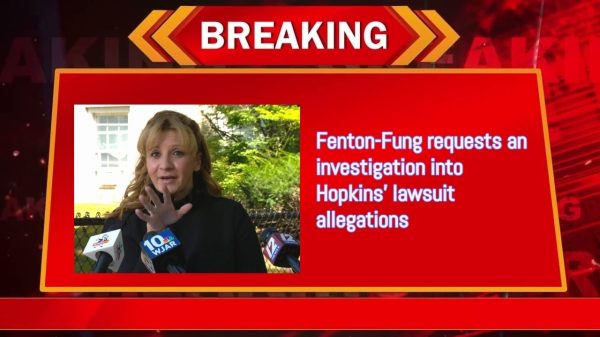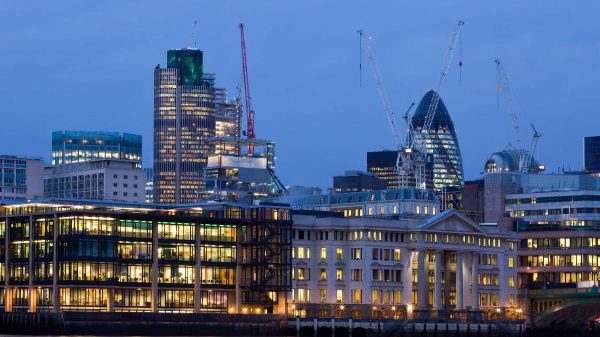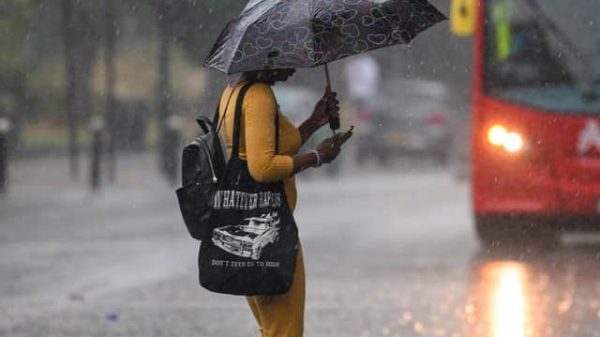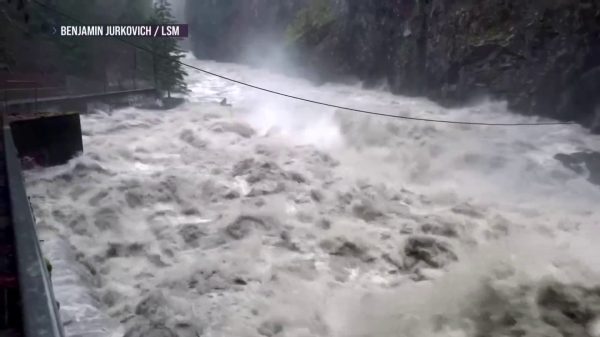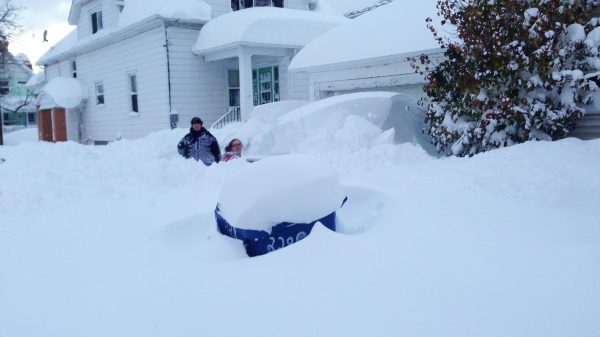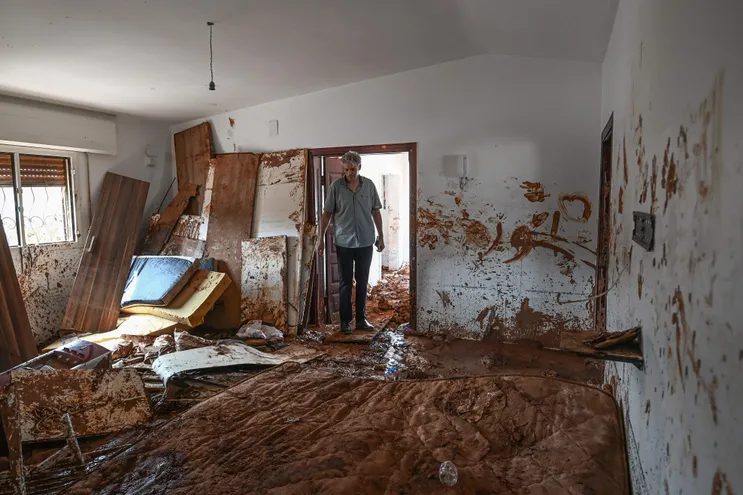Philip Raya, his wife, and two tiny children drove through the remains of Lahaina, staring at bodies and ashes, to begin afresh on the opposite side of Maui following one of the deadliest wildfires in US history.

September 22, 2023: An overhead image of Autazes, Amazonas, Brazil’s deforested and burning Amazon rainforest. Before September is finished, the Space Research Institute (INPE) reports more Amazonas fires than usual. Amazonas had 5330 fires as of Sept. 21. (Source: USA Today/MICHAEL DANTAS, AFP via Getty Images)
Devastated Local Schools
There were countless painful sights. The local school, King Kamehameha III Elementary, was devastated by fire. The green-painted beachside structure was close to the community’s famous Banyan Tree. Since students returned to school following the COVID-19 outbreak, climate change-exacerbated wildfires, floods, hurricanes, and tornadoes have ravaged America’s schools. Man-made disasters such as lead in drinking water and asbestos in schools are contributing.
Hurricane Dora-fueled wildfires destroyed one Maui school and damaged three others this school year. Category three Hurricane Idalia blew the roof off a Hoboken, Georgia elementary school. Puerto Rico, Philadelphia, and other mid-Atlantic and Northeast schools without air conditioning sent students home at the start of the year due to excessive heat.
Puerto Rico’s Hurricane Fiona lashed schools with torrential rains and devastating winds, California’s bomb cyclone closed schools, and Pacific storms flooded schools last year. A tornado in Whiteland, Indiana, cut the internet for homes. Lead in drinking water Jackson schools closed campuses more times than one teacher could recall in a USA TODAY interview.
Asbestos-lined buildings forced the closure of at least six Philadelphia campuses, forcing thousands of children to attend other schools. The destruction astounds Isabella, 8, and Niko, 6. Our children are curious as to when we will return to our former school. When are we going to get home? “Our responses are insufficient,” Raya said. “We are in unknown territory.”
In addition to losing vital instruction time while kids recover from pandemic-related learning loss, several school buildings were razed and some families and instructors lost their homes and employment. Others were cut off from friends and communities. Disaster-affected children may experience “anxiety, fear, sadness, sleep disruption, distressing dreams, irritability, difficulty concentrating, and anger outbursts,” according to the CDC.
Climate and education experts, families, and educators told USA TODAY it is the newest disaster to face American education and communities from Hawaii to Florida. Isabella could fall further behind academically if the Rayas stayed. Raya claimed COVID-19 has made reading difficult for her. After losing their companies and income, they are not sure if they can return to King Kamehameha III Elementary School’s site. “We have had to decide: How long before we sell our house and move?” Raya said. You know, what we tell our kids when they ask questions. We weigh everything daily, one by one, and nothing is guaranteed.”
Some regions are suffering from pandemic-related school closures. National CDC research demonstrates natural disasters disproportionately harm poor and ethnic minority areas. Their schools often serve as disaster shelters. According to a Government Accountability Office study for the Congressional Committee, the Federal Emergency Management Agency estimated more than 300 federally declared major disasters between 2017 and 2019 and more than half of the nation’s schools were in affected counties.
READ ALSO: Tornadoes at East Coast are Expected Brought by Tropical Storm Ophelia
Children’s Academic Performance were Affected by the Different Calamities
Pew Charitable Trusts reports that 4 million children attend flood-zone schools. “We have found that school districts affected by natural disasters have faced a range of recovery challenges, including trauma and mental health issues among students and staff, lost instructional time, staff burnout, and financial strain,” the federal accountability agency reported.
Poor school populations “including children who are low income, minorities, English learners, or living with disabilities are particularly susceptible to the adverse effects of disasters,” according to the GAO. They may also need more rehabilitation help than districts with less vulnerable students. According to “Get the Lead Out.”, many schools do not have safe drinking water due to high lead levels in fountains and taps, which can harm children’s brains and nervous systems. John Rumpler and Matt Casale of Environment America Research & Policy Center and U.S. PIRG Education Fund wrote it.
Rumpler said manmade calamities can be hard to perceive but can hurt schoolchildren’s academic performance. “Lead in water is variable and not like the poster child of a little kid eating lead chips,” he said. “Even low-level lead poisoning can harm kids in subtle ways.” NASA and NOAA experts say this summer was the warmest on record. Global Forest Watch and Environmental Defense Fund data show that warming is causing more forest fires and stronger storms and hurricanes.
University of North Carolina at Chapel Hill public policy professor Cassandra Davis has long worried about school environmental implications. She said they only lately started listening. In “Academic Progress for Students Following a Hurricane,” she and her colleague Sarah Fuller examined how Hurricane Florence and Hurricane Matthew influenced student learning in 15 North Carolina school districts. Pupils “face stress, are evacuated from their homes and lose valuables,” and “schools may be shuttered for days and weeks, robbing pupils of their sense of normalcy and taking time away from instruction. Both circumstances “make it more difficult for students to achieve in school during the aftermath of a disaster,” the research states.
Rebecca Miller, a postdoctoral scholar with the West on Fire project at the Huntington-University of Southern California Institute on California and the West, said students who attend schools that close briefly have hope. Miller and her colleague Iris Hui examined academic performance at California schools closed for one to five days “due to wildfires, natural hazard impacts, infrastructure, and student safety” last year. They examined SAT, ACT, AP, and state test scores.
They found 10-day closures “generally insignificant, except for the negative impacts of wildfire closures on elementary school students.” Miller noted in an interview that older pupils’ score performance showed they were more resilient to closures.

